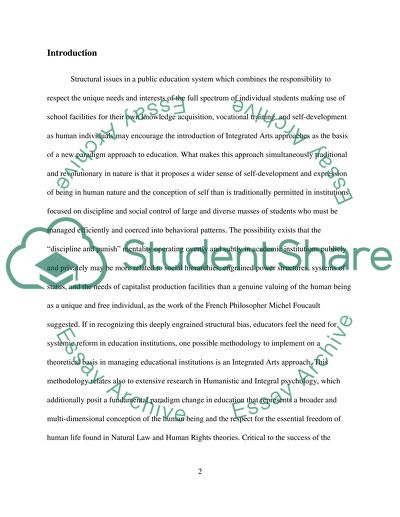Cite this document
(“A Rationale for Integrating Arts in Education Essay”, n.d.)
Retrieved from https://studentshare.org/education/1433997-a-rationale-for-integrating-arts-in-education
Retrieved from https://studentshare.org/education/1433997-a-rationale-for-integrating-arts-in-education
(A Rationale for Integrating Arts in Education Essay)
https://studentshare.org/education/1433997-a-rationale-for-integrating-arts-in-education.
https://studentshare.org/education/1433997-a-rationale-for-integrating-arts-in-education.
“A Rationale for Integrating Arts in Education Essay”, n.d. https://studentshare.org/education/1433997-a-rationale-for-integrating-arts-in-education.


